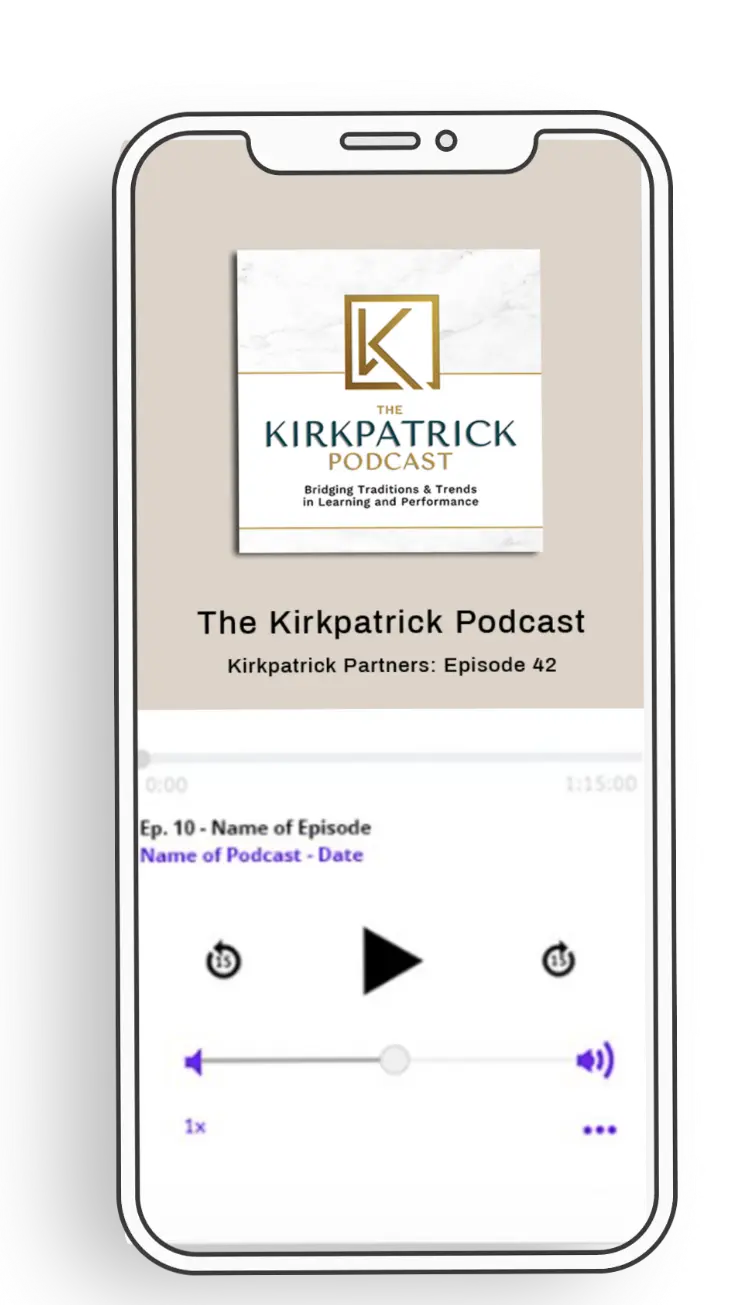Ditch the Vanity Metrics: Why Pre- and Post-Tests Are Failing Your Training Programs

Are We Measuring Learning or Just Checking a Box?
Most organizations rely on pre- and post-tests to measure the effectiveness of their training programs. If scores improve after training, we assume learning has occurred. But here’s the problem: these tests often give a false sense of success, providing numbers that look good but don’t reflect whether employees actually learned anything—or, more importantly, whether they can apply it on the job.
It’s time to rethink Level 2 learning assessments.
The Problem with Pre- and Post-Tests
- Memorization Doesn’t Equal Learning
Think back to high school—how many times did you cram for a test, pass with flying colors, and forget everything a week later? That’s what happens with pre- and post-tests. If employees are only retaining information long enough to pass a quiz, we’re not measuring real learning. - Many Tests Are Too Easy
Have you ever been asked to simplify test questions so learners could pass more easily? This happens far too often, turning assessments into a check-the-box activity rather than a meaningful measure of knowledge and skill. - No Connection to Real-World Performance
Multiple-choice tests don’t assess whether someone can do something. Selecting the best answer from four choices is not the same as applying a skill in a live environment.
What to Do Instead
✅ Scenario-Based Learning – Instead of multiple-choice tests, present real-world situations and have learners make decisions based on their training. Branching scenarios allow learners to see the consequences of their choices.
✅ Observed Performance Assessments – Have managers or facilitators evaluate employees applying their new skills in real or simulated environments. This provides more accurate insights into whether learning is translating to behavior change.
✅ Case Studies and Simulations – Give learners a complex scenario and ask them to analyze and respond as they would on the job. This ensures they can apply their knowledge in practical situations.
Let’s Stop Reporting Vanity Metrics
Many training teams feel pressured to report high success rates, but if those numbers don’t reflect real learning, what’s the point? Instead of inflating test scores to make training look successful, let’s embrace honest assessments that reveal true gaps and drive meaningful improvement.
Messing things up (just a little) might be the best way to start fixing what’s broken in learning and development.
What changes have you made to your assessments? Share your thoughts in the comments!
Want to learn more? Listen to our full podcast episode.





